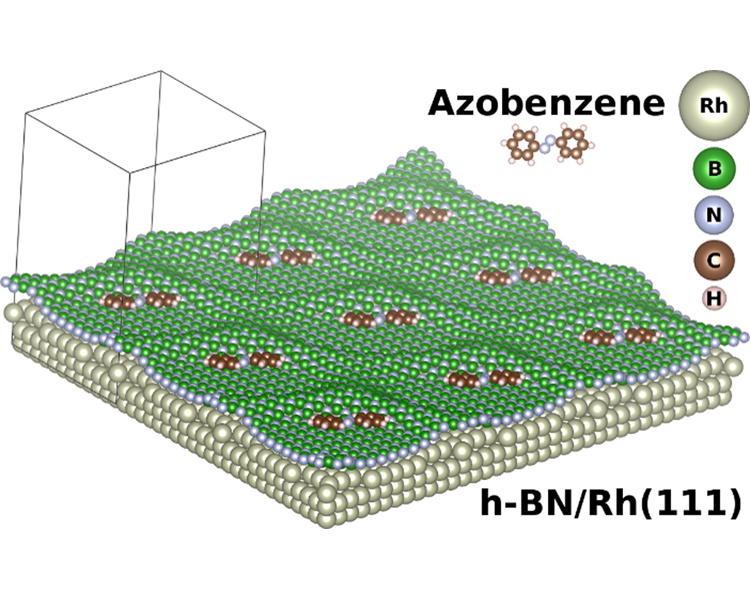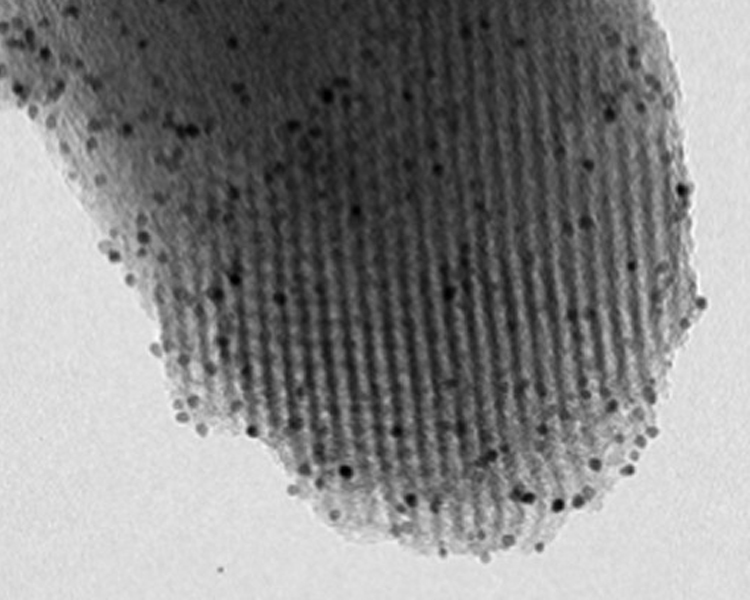Scientific Summary of Nanowires
Nanowires are one-dimensional nanostructures with diameters typically on the order of nanometers and lengths that can extend into the micrometer range. They can be composed of various materials, including metals, semiconductors, oxides, and carbon-based materials. Due to their unique electrical, thermal, mechanical, and optical properties, nanowires have garnered significant interest in various fields, including electronics, photovoltaics, sensors, and nanocomposites.
Synthesis Methods:
Nanowires can be synthesized through several methods, including:
- Chemical Vapor Deposition (CVD): A widely-used technique that involves the decomposition of vapor-phase precursors to form solid nanowires on a substrate.
- Physical Vapor Deposition (PVD): Involves the physical transfer of material from a source to a substrate, resulting in nanowire formation.
- Electrospinning: A technique that employs electric fields to draw a polymer solution into fibers, which can be subsequently converted into nanowires.
- Template-Assisted Methods: Utilize porous templates to guide the growth of nanowires in desired shapes and dimensions.
Properties and Benefits:
Nanowires exhibit unique properties due to their reduced dimensions:
- Electrical Properties: Many nanowires demonstrate quantum confinement effects, leading to size-dependent electronic properties. Semiconducting nanowires can have high conductivity and unique bandgap properties, making them suitable for transistors and sensors.
- Mechanical Properties: Nanowires generally exhibit high tensile strength and flexibility, making them suitable for applications in composite materials and nanomechanics.
- Thermal Properties: The thermal conductivity of nanowires can differ significantly from bulk materials, influencing heat transfer applications.
- Optical Properties: The reduced dimensionality can lead to enhanced light-matter interactions, making nanowires promising for photonic applications, including light-emitting diodes (LEDs) and solar cells.
Applications:
Nanowires have a wide range of applications, including:
- Electronics: Employed in the development of nanoscale transistors, field-effect devices, and interconnects, nanowires can facilitate the miniaturization of electronic components.
- Energy Conversion and Storage: Nanowires are utilized in solar cells for improved light absorption and charge transport. They also serve as electrode materials in batteries and supercapacitors due to their high surface area and conductivity.
- Sensors: Their high surface area-to-volume ratio and tunable properties make nanowires excellent candidates for chemical and biological sensors, capable of detecting low concentrations of target analytes.
- CNanocomposites: Incorporation of nanowires into polymer matrices can significantly enhance the mechanical and electrical properties of composites, leading to advanced materials for various applications.
Challenges and Future Directions: Nanowires represent a versatile class of nanostructures with significant potential across multiple domains due to their unique properties. Ongoing research focuses on improving synthesis techniques, exploring novel materials, and understanding the underlying principles governing their behavior to unlock new applications and advancements in nanotechnology.
What Makes Us Different
Anim pariatur cliche reprehenderit, enim eiusmod high life accusamus terry richardson ad squid. 3 wolf moon officia aute, non cupidatat skateboard dolor brunch. Food truck quinoa nesciunt laborum eiusmod. Consectetur adipiscing elit. Integer adipiscing erat eget risus sollicitudin pellentesque et non erat tincidunt nunc posuere.
- Partnership Strategy tristique eleifend.
- Opporutnity to work with amet elit a.
- Saving Time to Deal with commodo iaculis.
- Leadership skills to manage erat volutpat.
- Cut cost without sacrificing dolore magna.
- Automate your business elis tristique.



